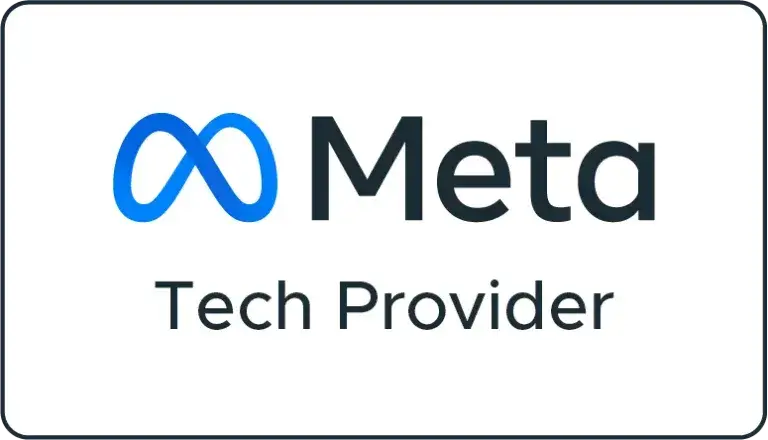
Introduction
The gold standard web analytics tool that transforms web strategies one can make is Google Analytics. Regardless of whether an individual is running a small enterprise or a multinational corporation, Google Analytics is a game-changer. The data-driven decision-making tool has many benefits. Below is an in-depth analysis of Google marketing and its actionable tips for effective web analysis to unlock and boost an individual’s online performance.
Table of Contents
What is Google Analytics?
- Core Functionalities and Their Significance
- Key Features of Google Analytics
What is Google Analytics?
- Real-time analytics
- Audience Insights
- Acquisition reports
- Behavior reports
- Conversion tracking
Advantages of Using Google Analytics
- Data-driven decisions
- Improved user experience
- Cost-effective marketing
- Boosted SEO and content strategy
- Competitive advantage
What is Google Analytics?
Google Analytics is a Google Analytics web service that is created with a combination of service features.
In other words, Google Analytics is a web analytics service that tracks and reports website traffic insights, and it is one of the best services an individual can use to know how to use the behavior and interaction of users on a web service based on the website. Normally, the service starts with a small business to a larger one; in other words, it can be used by anyone.
How Google Analytics works
Measurement Code: To measure your website, you need an account on Google Analytics. Add a small piece of JavaScript measurement code to each of your site pages. The tracking code collects pseudonymous data about user interaction, such as page views, clicks, and conversions. The tracking records data about a user’s browser, such as the user’s language settings, their browser type and version, their device and the user’s OS. The tracking code also notes the referring source through which user traffic arrived. For example, this source might be a search engine, an ad, or an email campaign.
Data Collection and Processing: When a user views a webpage, the measurement code sends information back to Google Analytics for processing. Data collected is stored according to the aggregated and organized configuration values in a database. Data collection setting changes can filter out or filter in company internal data The collected data is processed and generates reports
Reporting and insights: Google Analytics offers an extensive set of reports that measure different aspects and characteristics of your website and user behavior. The data is presented through many metrics, such as user demographics, how users found ing the site, what content is most and least used, and conversions, etc. The kept insights and reports on Google Analytics can help you find the best segments for your marketing efforts, the user experience side that would need work, and help where the traffic needs to be cut off
Key Features of Google Analytics / Google Analytics Tips

Let’s dive deeper into some key features of Google Analytics and see what they look like :
Built-in Automation:
This automation provides immediate response to questions asked about your analytics data.
Predictive capabilities:
Analyze your data using Google’s machine-learning models to find actionable insights and predict future actions people may take – such as purchasing or churning. Create audiences to help you take action to drive conversions or retention.
Proactive insights:
Analytics automatically alerts you to significant changes in data trends or growth opportunities and surfaces what you need to know. Stay informed about the biggest spikes and dips and learn more about changes in your trends.
Privacy-safe modeling:
Google machine learning models to improve your understanding of customer behavior and conversions. It’s first-party and consented data that are not observed.
Answers to your questions:
Instead of using Filterviews to find specific metrics, reports, or insights, for example, Create natural language queries in the search bar. The Record quickly returns results.
Reporting :
See how customers interact with your sites and apps At a high level, then click through to complete reports for more analysis.
Real-time reporting :
See what users do on your site or app as they do it.
Acquisition Reports :
How are people finding your site and app? how did users find your natural search, social media, and referrals? which parts are working well for me?
Engagement reports :
what are your users and content models doing on your site and app? Monetization reports: how is your revenue from your site performing? How is revenue generated?
Advertising Workspace :
How much revenue am I gaining from advertising? Use Google Values attribution to make ambitious and informed budget decisions.
Visualization:
Create ad hoc analyses; drag and drop variables onto a canvas for instant visualizations.
Funnel exploration:
How are users converting on our site or app?
Optimize user dynamics path exploration:
Find out where users are coming from from the conversion points in your site and app.
Cohort exploration:
Find out how users change their behavior by entering specific user groups.
User Exploration:
Which user is returning, and what user is not coming back?
User Lifetime:
Evaluate user value and behavior over their lifetime.
But. I hope you remember that Google Analytics is not just data- it’s about unlocking actionable insights to drive your digital success.
Advantages of Using Google Analytics / How Google Analytics Helps

There are several benefits of using Google Analytics. This is Why:
Ability to track website traffic.
-
- In particular, you can monitor the type of traffic: the number of users who visit your site, who they are, and which pages they view. How do you keep track of it anonymously or with a unique identifier?
User demographics.
-
- Google Analytics is used to determine the types of customers using your platform.
Analyze user behavior and track performance.
-
- You can: Use important information about user behavior.
Measure e-commerce information.
- You can gain a deeper insight into the areas where users are most engaged and spot potential developments.
- Track ad clicks whenever you see your ad.
Real-Time data analysis:
- The first advantage of using Google Analytics for your company is that it guides you in real time. You get to monitor your user’s activity, see who is online right now and the average time of their visit, among other things. Real-time reports enable you to react immediately to the trends or mistakes you notice.
Customizable reports and dashboard:
- Once the analysis has been done, you can create a new thing – a new customized report and dashboard. The design stage allows you to visualize your data in the easiest way that your employees can perceive it.
Improving User Experience:
- Finally, GA data helps us improve our user experience. It allows us to change our website’s navigation or how it interacts with potential clients, decrease the bounce rate if it gets up, and make our website as perfect for the target audience as possible.
In conclusion, Google Analytics provides powerful opportunities for developing a data-driven vision for our company, tracking KPIs, and improving our online presence for winning.
Explore More ………………………..
Social media analytics for business growth: Utilizing the 10 best tools in Social Media Analytics to Drive Business Growth and Insights
Conclusion
Thus, it is crucial to analyze that Google Analytics is a one-of-a-kind tool for businesses going digital. As soon as you realize the potential of this platform, you obtain the source for user behavior, content optimization, and decision-making. However, it is not only about numbers but also how you will use them to improve your online presence and success. So, download and install Google Analytics, check out the features, and make the data-driven path toward excellence!













